Part V….Alligator Farm (Continued)
The Alligator Farm in St Augustine allows so many opportunities to photograph a number of birds that I decided to divide these images into more than one post.
The boardwalk that spans the alligator infested water below provides shots down into the water, closeup views of nests and bird behavior in the trees alongside, as well as shots of birds in flight as they come and go bringing food and nesting materials in.

Great White Egrets
The Great Whites are all white except during breeding season when they develop a bright green patch on their face. They also grow long plumes on their backs during this time. These plumes like those from the Snowy Egret and the feathers of the Roseate Spoonbill, and others, were prized as adornments for women’s clothes at one time and almost caused the extinction of the birds. In fact, the National Audubon Society was founded to protect these birds from “feather hunters”.
(Click on an image to enlarge. Use the arrows to go to the next image)
The Great Whites show a preference for the big Live Oak trees at the end of the boardwalk. You will occasionally find Woodstorks and other species, but mostly Great White nests. The first image of the trees will give you some perspective, the second is its reflection on the water (I happen to like reflections).
Most birds will have some type of display mechanism to attract a mate. The Great Whites have an attractive ritual showing off their mating plumes.
The timing of my visit made it possible to see some of the first chicks of the season…so ugly that they are cute.
The Great Whites are most elegant in flight gliding along with their slow, powerful wings at up to 25 mph.
The Alligators
Underneath the boardwalks are a whole lot of alligators. These gators keep predators away who might raid the bird nests. The alligators are captive, but the wild birds seek out the park because of the safety the gators provide for their nests.
White Ibis
Several species of Ibis are common in Florida especially this time of year. The first images are of juveniles. The last is of two adult White Ibis that were part of a large flock that flew over.
Woodstorks
Woodstorks are an odd rather prehistoric looking bird. In size they are in between the Great White Egret and the Great Blue Heron. They’re the only stork native to North America. Their heads are bald and scaly, but when they fly I think they are quite attractive.
Tricolored Herons
One of the most colorful Herons, the Tricolored is a fairly small heron. He’s a serious fisher and will stand for a long time locating his prey before striking (yes, that is an alligator tail in the background).
Like the Snowy Egrets they will frequently nest in the palm trees along the boardwalk. Here the male proudly brings in additional material for the nest while mom sits on her eggs (blue, of course).
Little Blue Herons
About the size of a Snowy Egret the Little Blue also likes to nest in the palm trees at The Alligator Farm. He’s not a flashy bird, but his purple-maroon head and neck and blue-gray body are distinctive.
Anhinga
Last, but not least, is an Anhinga, striking in his breeding plumage as he defends his nest. This is the first time I’ve seen an Anhinga nesting here.
Thank you so much for joining me on this second post from The Alligator Farm in St Augustine. I always have a great time here. It was especially nice to meet other photographers and make new friends.
As always, I appreciate your comments and feedback. If you haven’t signed up to be notified of the next post, please do so now at the top of this page.
Until the next post, Cheryl










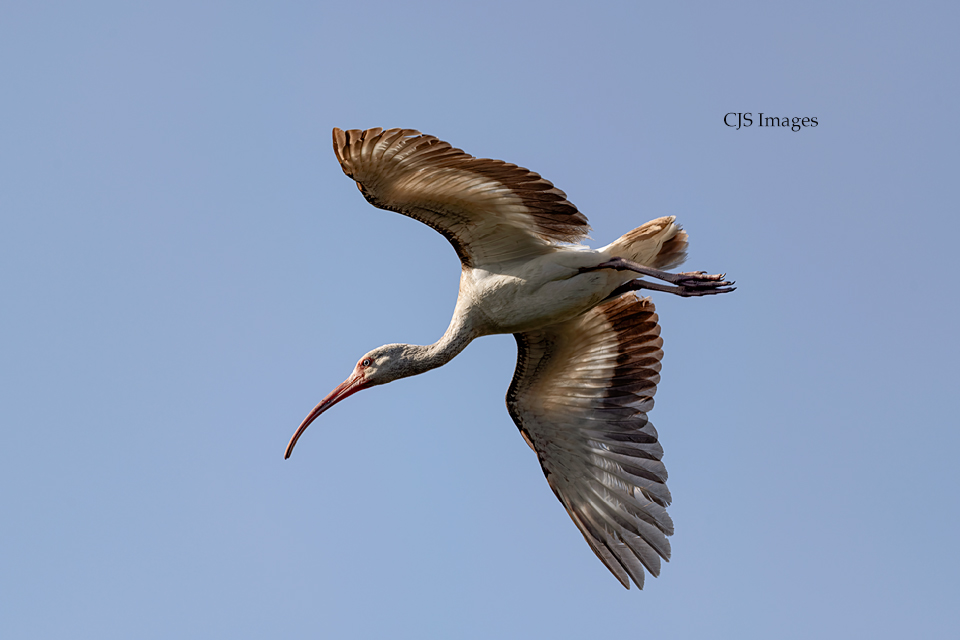
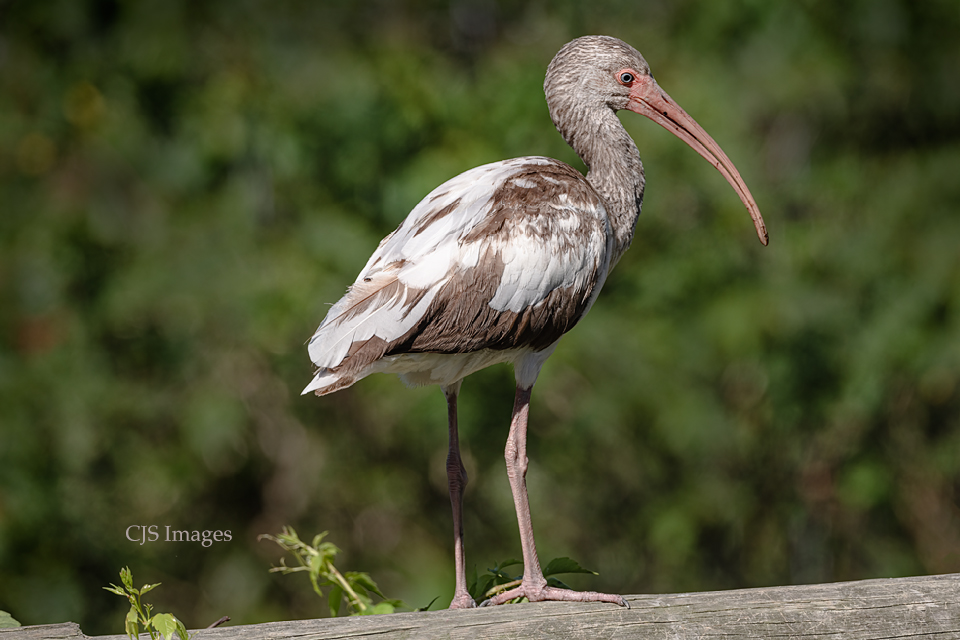

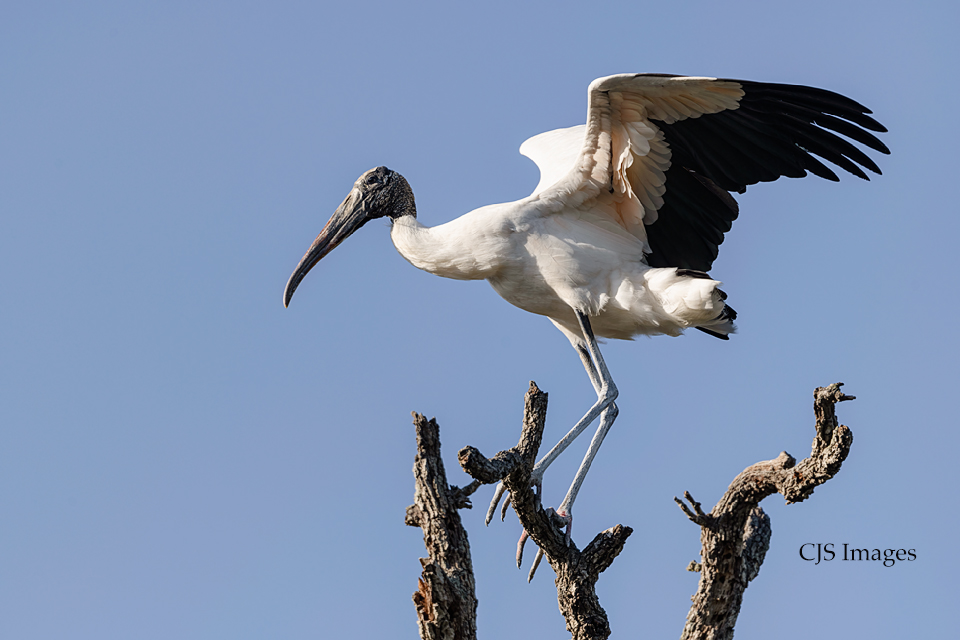



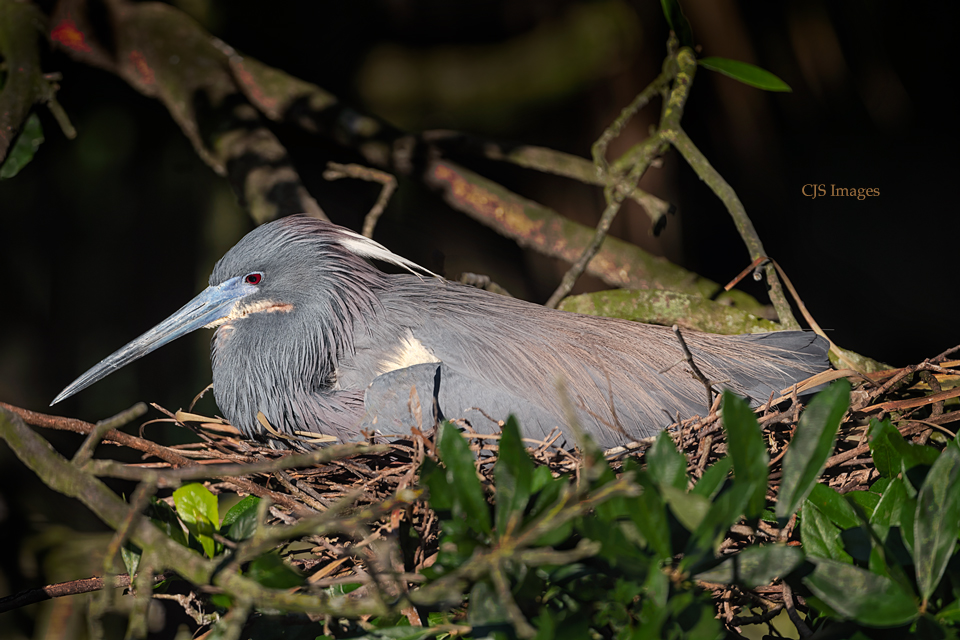
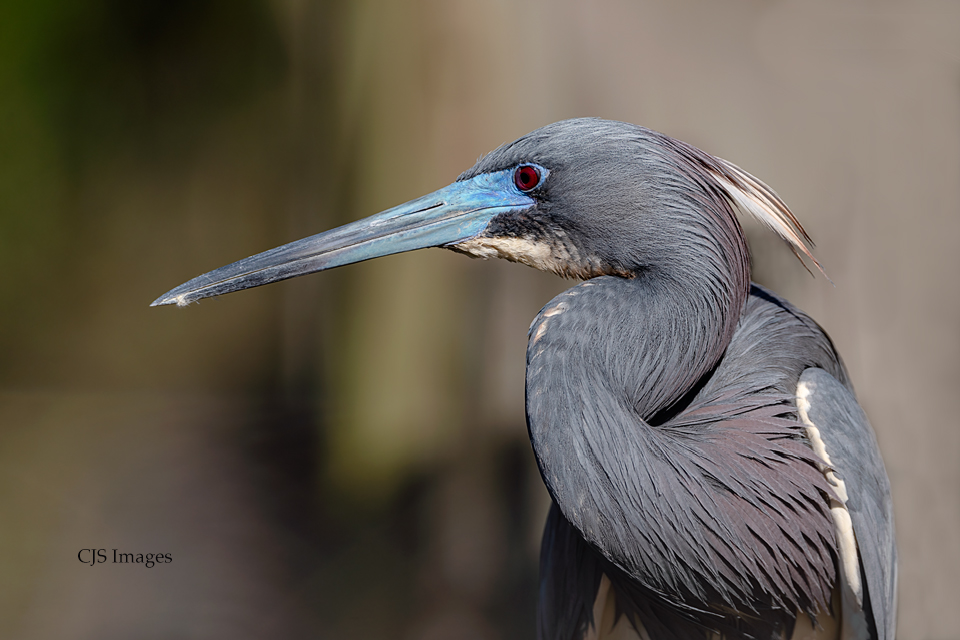








Cheryl Schneider
14 May 2022As usual your pictures are beautiful and capture so much of nature and in this birds. All very interesting and educational for me. Thank you for sharing.
Cheryl Schneider
16 May 2022Thank you, Cheryl, I’m so glad you’re enjoying them!